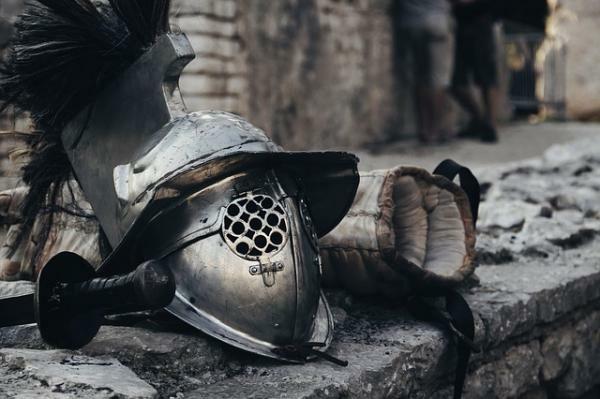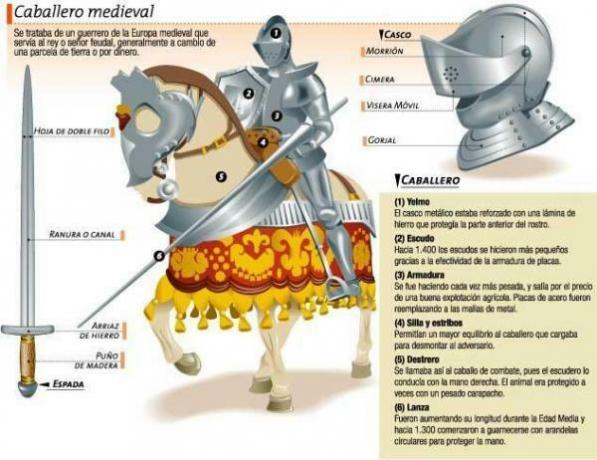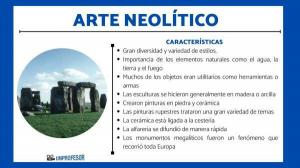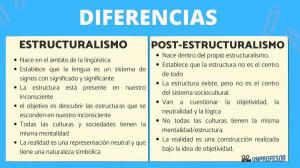Knight in the Middle Ages: characteristics and summary

One of the most represented figures throughout the history of fiction is that of the medieval knightl. For centuries it has been tried to represent these figures and their great feats, making them heroes loved by all. Due to the great interest that they generate in us, in this lesson from a TEACHER we are going to talk about doing a summary on the characteristics of the knight in the Middle Ages in order to, thus, understand these warriors in greater depth.
Medieval chivalry was a military institution of great importance throughout the entire Middle Ages. Its members were medieval knights, warriors on horseback whose function was to serve and obey the orders of a king or feudal lord, receiving for his labors a territory or money. The ideal of the knight that we all have is closer to the payment for territory, being the payment in money more typical of the mercenaries.
The origins of medieval knights we can find them in the Old age, when the term cavalry was already used to refer to the soldiers of the armies who fought on horseback. In the
Ancient Rome even there was a social class that referred to the knights, the so-called equites or Equestrian Order, and in the barbarian or Germanic towns chivalric terminology was already used to refer to the warriors.Both Rome and the Germanic peoples had influence on the medieval knights, being in many respects the forerunners of Latin Christianity, that is, Western Europe emerged from the Charlemagne Empire.
Although the origin of the medieval chivalric order has its greatest influence in the ecclesiastical world, the order being created so that nobles could achieve the Christian ideal, that is to say, that of the Christian knight who fights for his faith against the infidels. The road to becoming a knight was very long, since the noble had to spend many years to become one. The noble began as a page, later became a squire to another knight, and was finally promoted to the position of knight. For his promotion a ceremony was made, where the nobleman had to take an oath on the ideals of chivalry, among which were things like protecting the most defenseless or following the scriptures of the Church.

Image: history and geography notebook
To continue with this lesson on the characteristics of the knight in the Middle Ages we must talk about the different stages of chivalry, since these warriors had a very different influence on each of these stages.
Heroic epoch: 11th and 12th centuries
The first stage is the heroic age, that is, the 11th and 12th centuries. It is the time where great knights appear, considered heroes, and whose adventures are recounted in later literature. It was a highly respected cavalry, because it served a growing Christianity, always a clear point of the Crusades that were carried out during these centuries. Some of the knights of this time are El Cid and Godofredo de Bouillón.
Gallant age: 13th century
The second stage is the gallant period, located at the beginning of the 13th century. These years are characterized by chivalry is glorified, performing songs, poems and stories where the actions of the knights are praised. At this stage, the beginning of the end of chivalry begins to be glimpsed, as the knights forget part of the principles by which the order was founded. These warriors change their perspective, preferring love to war, winning their relationships with women in their entirety against the struggle for Christianity.
Time of decadence: late 13th century
The third stage is that of decadence, being located in the thirteenth century, after the gallant era. In this period the military orders began to disappear, since the holy wars are over and its main objective is non-existent. The knights stopped fighting, occupying their time in the leisure of the time or spending the money they had earned. To all these was added the new liberal entry to the cavalry, since the possibility of entering the order was opened to everyone, gradually losing the ideal of chivalry.
Even with all this, the cavalry maintained its existence for centuries, although the ideals that the first knights had sworn were gradually lost, not being the last knights those loyal and brave warriors who had seen the order of chivalry.

Image: Slideshare
If you want to read more articles similar to Knight in the Middle Ages: characteristics and summary, we recommend that you enter our category of Story.



